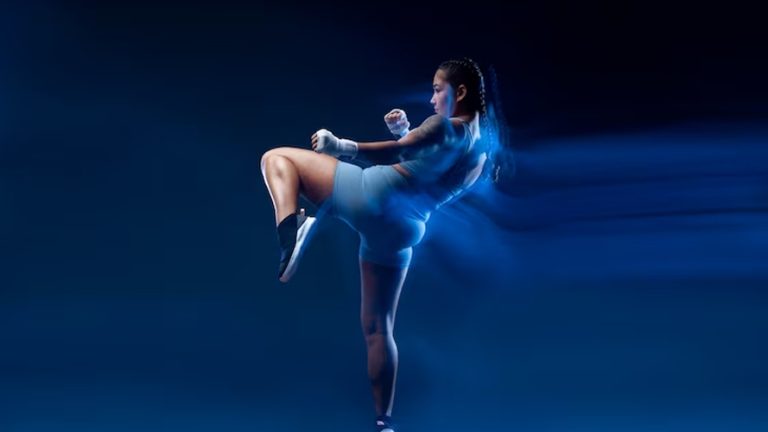India’s view of women in sports. Striving for gender equality and empowering women athletes
India’s view of women in sports has been impacted by historical traditions and changing attitudes in a nation where sports are cherished as a cultural phenomenon. Sports have historically been seen as male-dominated, which has limited prospects for female athletes. But as the country develops, a paradigm shift is taking place, propelled by the successes of trailblazing female athletes. To achieve gender equality in the sporting world of India, this article looks into the complex landscape of how Indians perceive women in sports, the difficulties they encounter, the remarkable advancements made, and the remaining hurdles.
1. Cultural Dynamics and Traditional Gender Roles
Sports have always been seen as a male-dominated industry in India’s cultural fabric, reflecting strongly ingrained gender stereotypes. Historically, women were stigmatized as less active in physical activity since they were supposed to choose home responsibilities over sporting careers. This attitude has occasionally reduced the options available to women in athletics and made it more difficult to acknowledge their athletic prowess.
2. The Shift in Attitudes and Empowerment
There has been a discernible change in attitudes toward women in sports during the last few decades. P.T. Usha, Saina Nehwal, Mithali Raj, and many other outstanding female athletes have achieved feats that have transcended gender barriers and won acclaim from all corners of the country. Instilling a sense of empowerment and pride in ambitious athletes, these trailblazing women have disproven prejudices and encouraged them to aspire high.
3. Overcoming Challenges and Disparities
There are still obstacles in the way of female athletes’ success, despite the growing enthusiasm for them. Women in sports frequently face obstacles, including a lack of access to high-quality training facilities, financial support, and gender inequities in sports funding. To level the playing field and ensure equitable opportunities, stakeholders must work together to overcome these obstacles.
4. The Role of Grassroots Initiatives
Numerous grassroots initiatives and sports development programs have been launched in India due to the recognition of the importance of developing potential at a young age. By removing barriers and promoting participation at the grassroots level, these projects seek to give females access to sports training and facilities. Developing a thriving sports culture that supports gender equality requires developing a solid foundation for female athletes.
5. Inspiring Women on the Global Stage
Indian women athletes have been in the news and competing for their country on the world stage. These athletes have demonstrated their prowess and tenacity on a global stage by dominating athletics, cricket, badminton, and the Olympics. Their accomplishments honor the country and encourage young ladies to pursue their goals and succeed in sports.
6. Media Representation and Advocacy
The media significantly influences how the general public views and feels about women in sports. Over time, positive changes in media representation have resulted in more coverage of women’s sporting events and achievements. The voices of female athletes have been magnified through television networks, digital media outlets, and social media platforms, resulting in a more inclusive and equitable representation of sports personalities.
7. The Power of Leadership and Mentorship
It is essential to foster the development of women in athletics by providing them with strong female role models and mentors. Female coaches, administrators, and leaders in sports organizations guide and support young talent. Women athletes can thrive in an atmosphere that supports their success if more women are encouraged to hold executive positions in sports governance and administration.
8. Paving the Way for Gender Equality in Sports
The gender gap in sports participation and representation must be closed to advance gender equality in sports. Women athletes can thrive in the future if a full support system includes equal opportunities, increased money, and better infrastructure.





Add comment